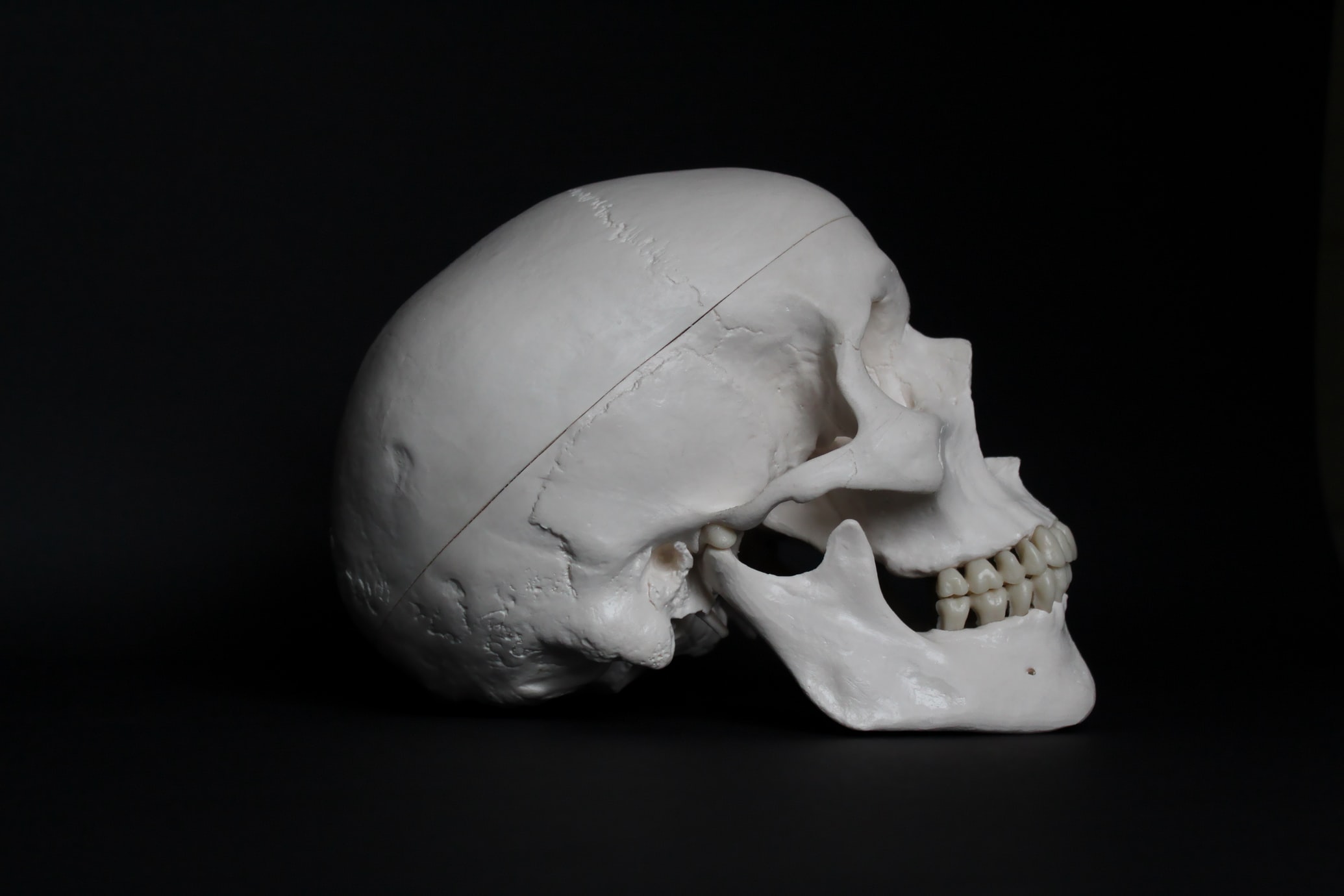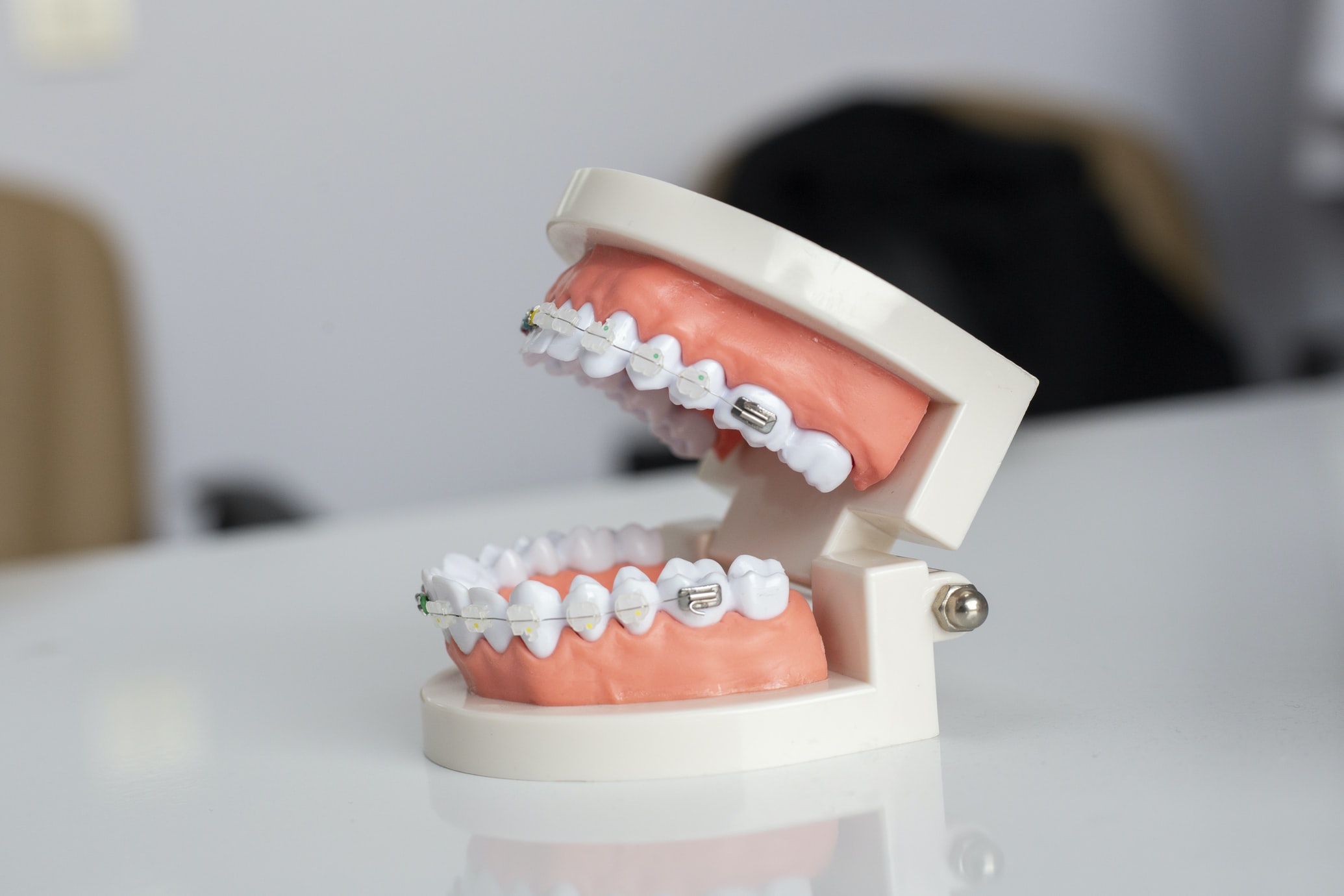
Unless you’re boxer, it’s not supposed to hurt like that.
Joint pain gradually becomes a recurring concern the older you get, but there’s a particular joint in your body that you may not be cognizant of until it already aches: the temporomandibular joint, or “TMJ” for short. The TMJ is the sliding hinge that connects your jaw to your skull; everyone’s got one on both sides of their head. When something goes screwy with one or both TMJs, that’s what’s commonly known as a TMJ disorder, though you can also just call it “TMJ” as a shorthand.
TMJ disorders are usually characterized by ache, pain, and tenderness on the tops of your jaw, as well as difficulty chewing, and if it’s bad enough, difficulty opening and closing your mouth properly. The precise causes of TMJ disorders can vary wildly; the most obvious causes are things like inflammation or arthritis, though you can also develop it from just chewing too much on one side of your mouth.

The good news is that mild TMJ disorders will usually go away on their own after a few days to a week. Of course, you still have to deal with the pain in interim, but that can be alleviated with over-the-counter pain-relievers and anti-inflammatories, as well as topical treatment like an ice pack. You can also try simple jaw exercises to relax and strengthen your jaw muscles. If the pain is severe and/or extremely persistent, you may need to undergo therapy or surgery to remedy it. Talk to a doctor, a dentist, or a TMJ specialist to decide what kind of treatment is best for you.




